Discover How DTC Fulfillment Solutions Can Help Scale Your eCommerce Business
Direct to Consumer (DTC) fulfillment is a critical aspect of scaling your eCommerce brand. In today’s competitive landscape, successful DTC companies leverage fulfillment solutions to meet increasing customer demands while staying focused on core business activities. If you’re aiming to scale your eCommerce business and deliver a seamless customer experience, optimizing your fulfillment strategy is essential.
This blog post will break down everything you need to know about mastering DTC fulfillment, including how outsourcing to a third-party logistics (3PL) provider can help streamline operations, improve customer satisfaction, and fuel business growth.
1. Understanding Direct to Consumer Fulfillment
What Is DTC Fulfillment and Why Is It Important?
Direct to Consumer fulfillment refers to the process by which products are delivered directly from the manufacturer or retailer to the end consumer, without any intermediaries. This business model eliminates the traditional retail middleman, allowing brands to have full control over the customer journey, from product discovery to delivery.
In contrast to traditional retail models, DTC businesses must handle the entire fulfillment process, which includes inventory management, order processing, packaging, shipping, and even handling returns. Managing these tasks effectively can make or break a DTC brand, as fulfillment has a direct impact on customer experience and satisfaction.
The Benefits of DTC Fulfillment:
- Control Over Customer Experience: By managing fulfillment in-house or through a trusted partner, brands can ensure a consistent, high-quality experience from the moment a customer orders until the product arrives at their door.
- Higher Margins: Cutting out the middleman allows brands to sell products at retail prices while controlling their profit margins.
- Direct Relationship with Customers: With no third-party retailers involved, DTC brands build a direct relationship with their customers, gaining valuable data and feedback to refine their offerings.
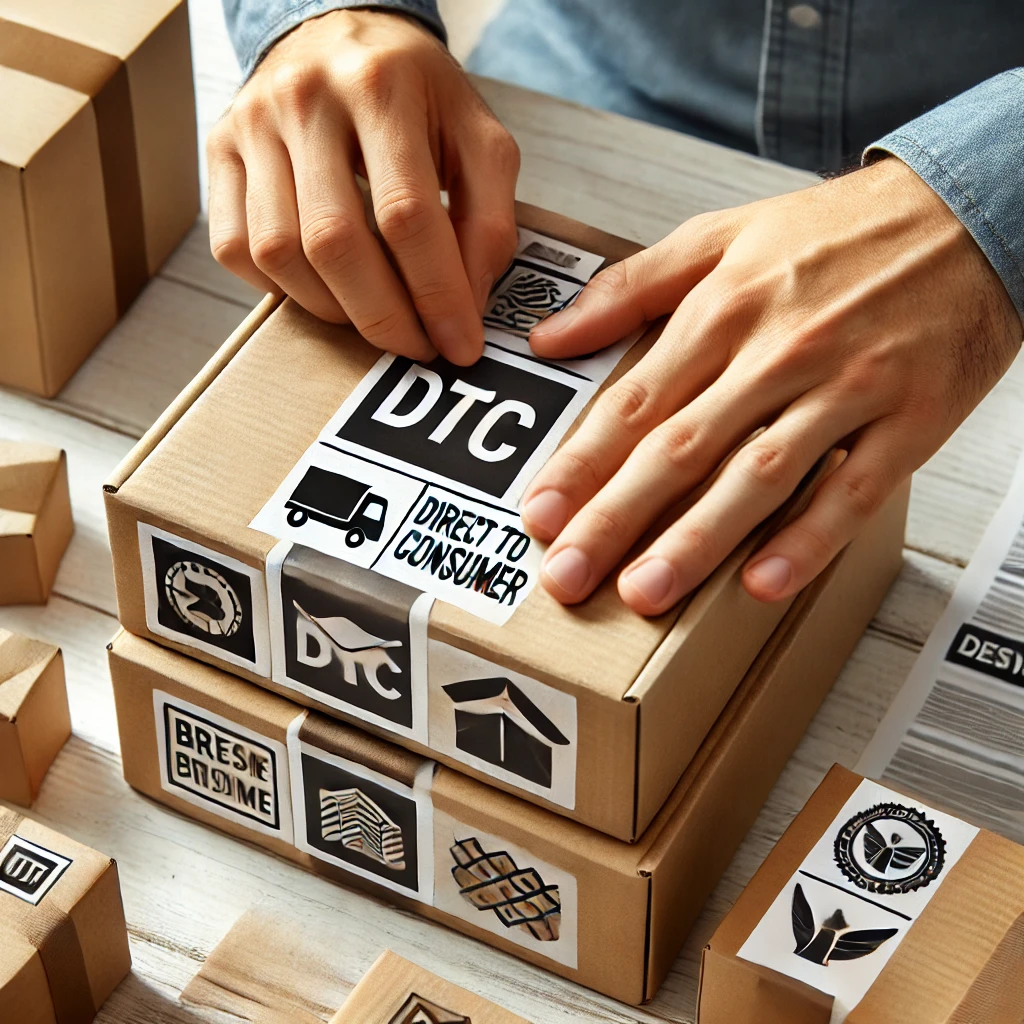
2. The Challenges of Scaling DTC Fulfillment
How DTC Fulfillment Complexity Grows with Your Brand
As your DTC brand grows, so do the complexities of managing fulfillment. Scaling a DTC fulfillment operation can be difficult without the right systems and processes in place. Below are some common challenges brands face as they expand:
- Increased Order Volume: Handling thousands of orders a day requires advanced inventory management systems and the ability to scale operations without compromising speed or accuracy.
- Logistics Coordination: Efficiently moving products from warehouse to customer can become challenging, especially when managing multiple shipping partners and distribution centers.
- Customer Expectations: Today’s consumers expect fast shipping, seamless returns, and real-time updates on their orders. Meeting these demands becomes increasingly difficult as your order volume grows.
Many growing DTC brands quickly realize that managing their own logistics infrastructure can be overwhelming and counterproductive, diverting attention from marketing, product development, and other core business activities.
3. The Role of 3PL Providers in DTC Fulfillment
Why Outsourcing DTC Fulfillment to a 3PL Can Be a Game-Changer
One solution to the growing pains of scaling DTC fulfillment is partnering with a third-party logistics provider (3PL). A 3PL can manage your entire logistics and fulfillment process, allowing you to focus on brand growth and customer acquisition.
Key Benefits of Outsourcing to a 3PL:
- Expertise and Experience: 3PL providers are fulfillment experts, equipped with the technology and experience to handle complex logistics operations. By partnering with a 3PL, you gain access to their resources and knowledge, allowing you to avoid costly fulfillment mistakes.
- Scalability: A 3PL is built to scale. Whether your order volume spikes during a seasonal promotion or your business is experiencing rapid growth, 3PL providers have the infrastructure in place to handle fluctuations in demand without compromising service levels.
- Advanced Technology: Most 3PLs utilize state-of-the-art warehouse management systems (WMS) and order management systems (OMS) to provide real-time insights into your inventory, orders, and deliveries. These platforms allow for automated processes that enhance accuracy and efficiency.
- Cost Savings: Outsourcing fulfillment can reduce overhead costs related to warehousing, staffing, and shipping. A 3PL provider can also negotiate better shipping rates with carriers due to the high volume of orders they handle, resulting in cost savings for your business.
- Improved Customer Experience: Fast shipping, accurate orders, and hassle-free returns are all key to keeping customers happy and loyal. A 3PL can ensure these processes run smoothly, leading to a better overall customer experience.
4. How to Choose the Right 3PL Partner for Your DTC Brand
Key Considerations When Selecting a 3PL for DTC Fulfillment
Selecting the right 3PL provider is critical to the success of your DTC fulfillment strategy. Here are some factors to consider when evaluating potential partners:
1. Industry Expertise:
Choose a 3PL provider with experience working with DTC brands and a proven track record in eCommerce fulfillment. They should understand the unique needs of DTC businesses, such as fast shipping, seamless returns, and customer communication.
2. Technology and Integration:
Look for a 3PL that offers advanced technology, including warehouse management systems, order management systems, and real-time inventory tracking. Seamless integration with your eCommerce platform (e.g., Shopify, WooCommerce, or BigCommerce) is crucial to ensuring orders flow smoothly from your website to the fulfillment center.
3. Geographic Reach:
Depending on your customer base, you may need a 3PL with fulfillment centers located near your primary markets. This will help you reduce shipping times and costs, improving the overall customer experience.
4. Scalability:
Make sure the 3PL has the capacity to scale with your business. Ask about their ability to handle seasonal spikes in demand and how they manage high-order volumes.
5. Customization and Branding:
If brand presentation is important to you, find a 3PL that offers customizable packaging and branding options. Consistency in packaging and unboxing can enhance the customer experience and reinforce brand loyalty.
6. Returns Management:
Efficient returns processing is essential for customer satisfaction. Ensure your 3PL provider has a robust reverse logistics process in place to handle returns quickly and accurately.
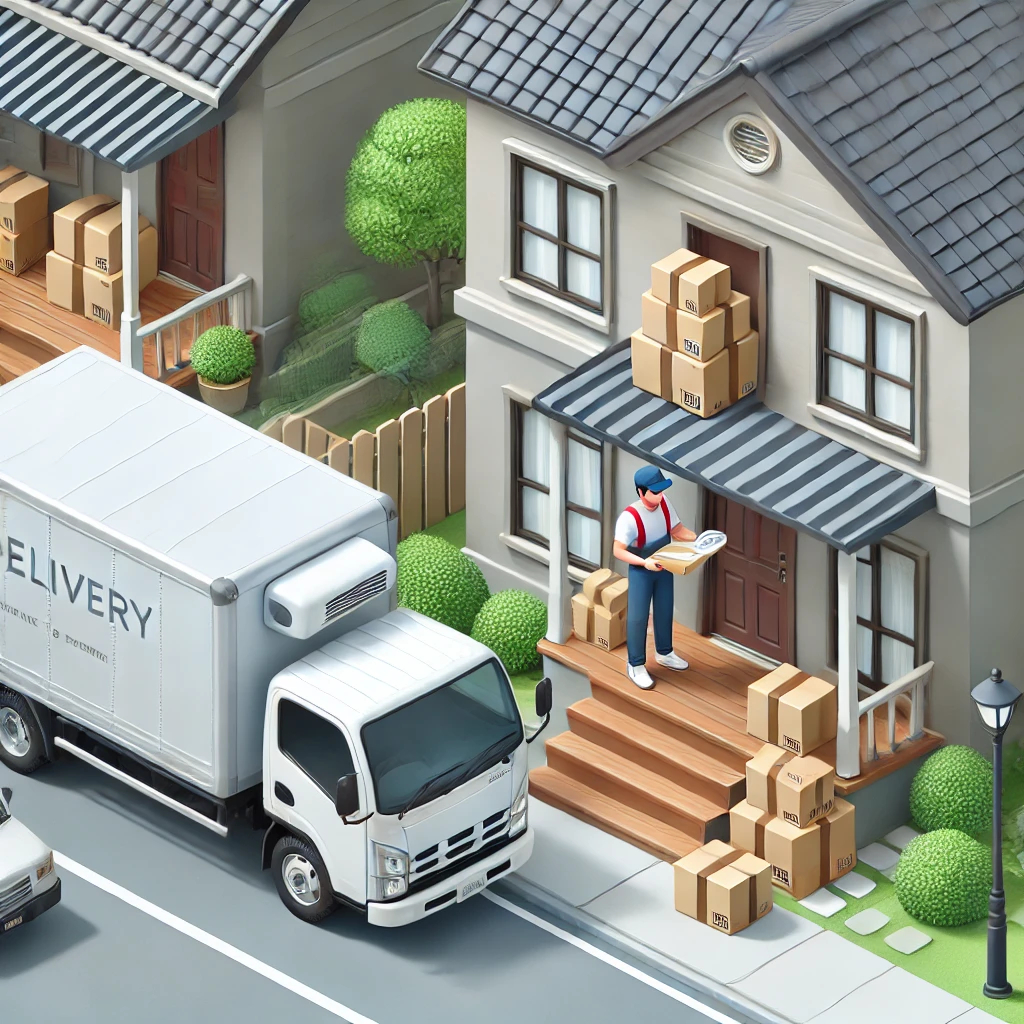
5. The Impact of DTC Fulfillment on Customer Satisfaction
Why Streamlined Fulfillment Is Critical to Customer Retention
Fulfillment plays a direct role in shaping customer perceptions of your brand. A seamless fulfillment experience builds trust, encourages repeat purchases, and fosters customer loyalty, while poor fulfillment can quickly lead to frustration, negative reviews, and lost business.
How DTC Fulfillment Influences Customer Satisfaction:
- Fast and Reliable Shipping: With giants like Amazon setting the bar for fast delivery, customers now expect their orders to arrive quickly and on time. Efficient DTC fulfillment ensures you meet these expectations, enhancing customer satisfaction.
- Accurate Orders: Shipping the wrong product or delivering damaged goods can harm your reputation. A well-structured fulfillment process minimizes errors and ensures that orders are fulfilled accurately.
- Transparent Tracking: Today’s customers want to know where their order is at all times. Providing real-time tracking information is a key element of a successful fulfillment strategy and contributes to customer peace of mind.
- Easy Returns: A smooth return process is just as important as the purchase experience. Brands that offer hassle-free returns and quick refunds are more likely to earn repeat customers.
For more information on how we can help you with your DTC fulfillment needs, visit our services page.
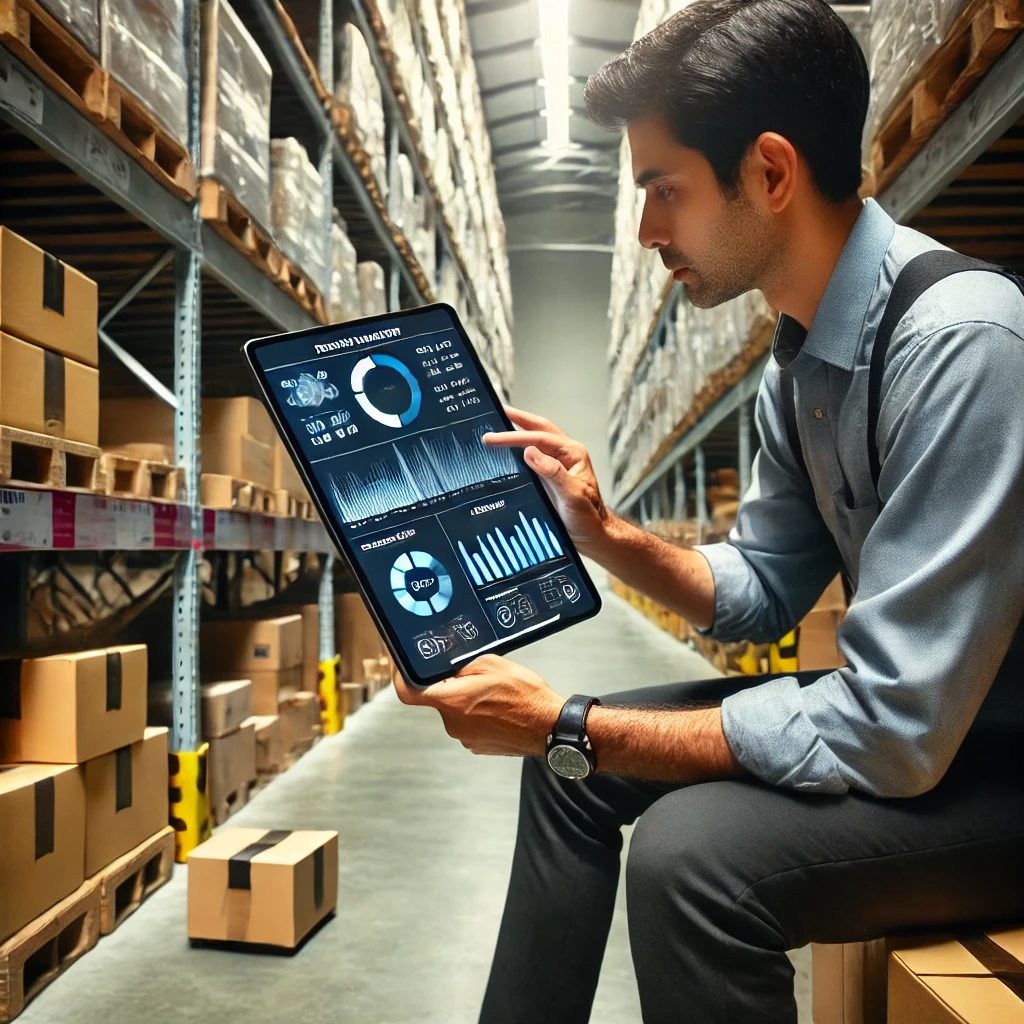
6. Leveraging DTC Fulfillment for Business Growth
How Fulfillment Optimization Fuels Long-Term Growth
Mastering DTC fulfillment isn’t just about keeping customers happy—it can also be a major driver of business growth. By optimizing your fulfillment process, you can unlock opportunities to expand your product offerings, enter new markets, and improve profitability.
Ways to Leverage DTC Fulfillment for Growth:
- Faster Time-to-Market: Streamlined fulfillment allows you to quickly introduce new products to the market, meeting customer demand before your competitors can.
- Global Expansion: With the right 3PL partner, you can expand your business internationally. Many 3PLs offer global fulfillment capabilities, allowing you to reach customers in new regions without the need to build your own logistics network.
- Cost Optimization: By outsourcing fulfillment, you can reduce operational costs and reinvest those savings into marketing, product development, and customer acquisition—ultimately driving growth.
- Data-Driven Decisions: Advanced fulfillment technology provides valuable insights into order trends, inventory levels, and customer preferences. Leveraging this data allows you to make informed business decisions that fuel growth and efficiency.
7. The Future of DTC Fulfillment: Trends to Watch
Emerging Trends Shaping the Future of DTC Fulfillment
The world of DTC fulfillment is constantly evolving. As technology advances and customer expectations continue to rise, DTC brands must stay ahead of the curve by embracing new trends and innovations in the fulfillment space. Here are some key trends to watch:
1. Automation and Robotics:
Many fulfillment centers are adopting automation to increase efficiency and reduce labor costs. Robotics and AI-driven systems are being used to streamline picking, packing, and shipping processes.
2. Sustainability:
Consumers are increasingly concerned with sustainability, and fulfillment is a major factor in a brand’s environmental footprint. Expect to see more DTC brands adopting eco-friendly packaging and shipping methods, as well as partnering with 3PLs that prioritize sustainability.
3. Same-Day Delivery:
Fast shipping is becoming the standard, and many DTC brands are working to offer same-day delivery in key markets. This requires strategic partnerships with fulfillment centers located near major cities, as well as efficient last-mile delivery solutions.
4. Personalized Fulfillment:
Personalization isn’t just for marketing—it’s also becoming a part of the fulfillment process. DTC brands are exploring ways to offer personalized packaging, tailored recommendations, and unique unboxing experiences that create a stronger emotional connection with customers.
Final Thoughts
Mastering Direct to Consumer fulfillment is essential for scaling your DTC brand and staying competitive in the ever-evolving eCommerce landscape. Whether you’re just starting out or looking to grow, partnering with a trusted 3PL provider can help you overcome fulfillment challenges, improve customer satisfaction, and unlock new opportunities for business growth. By streamlining your fulfillment process, you’ll be well-positioned to build lasting relationships with your customers and achieve long-term success.
Implementing a robust DTC fulfillment strategy isn’t just a logistical necessity—it’s a strategic advantage that can propel your brand to new heights. Start evaluating your fulfillment needs today and consider how a 3PL provider can support your journey to growth.
Need a Custom Fulfillment Solution?
Not sure which pricing plan is right for your business? Our team is here to help! Schedule a free consultation today, and we’ll assess your needs, walk you through our services, and recommend the best fulfillment strategy tailored to your growth goals.
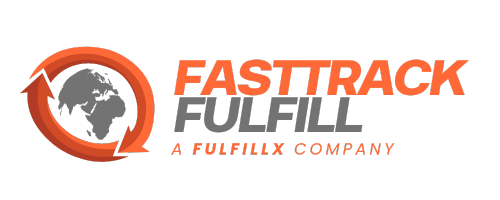

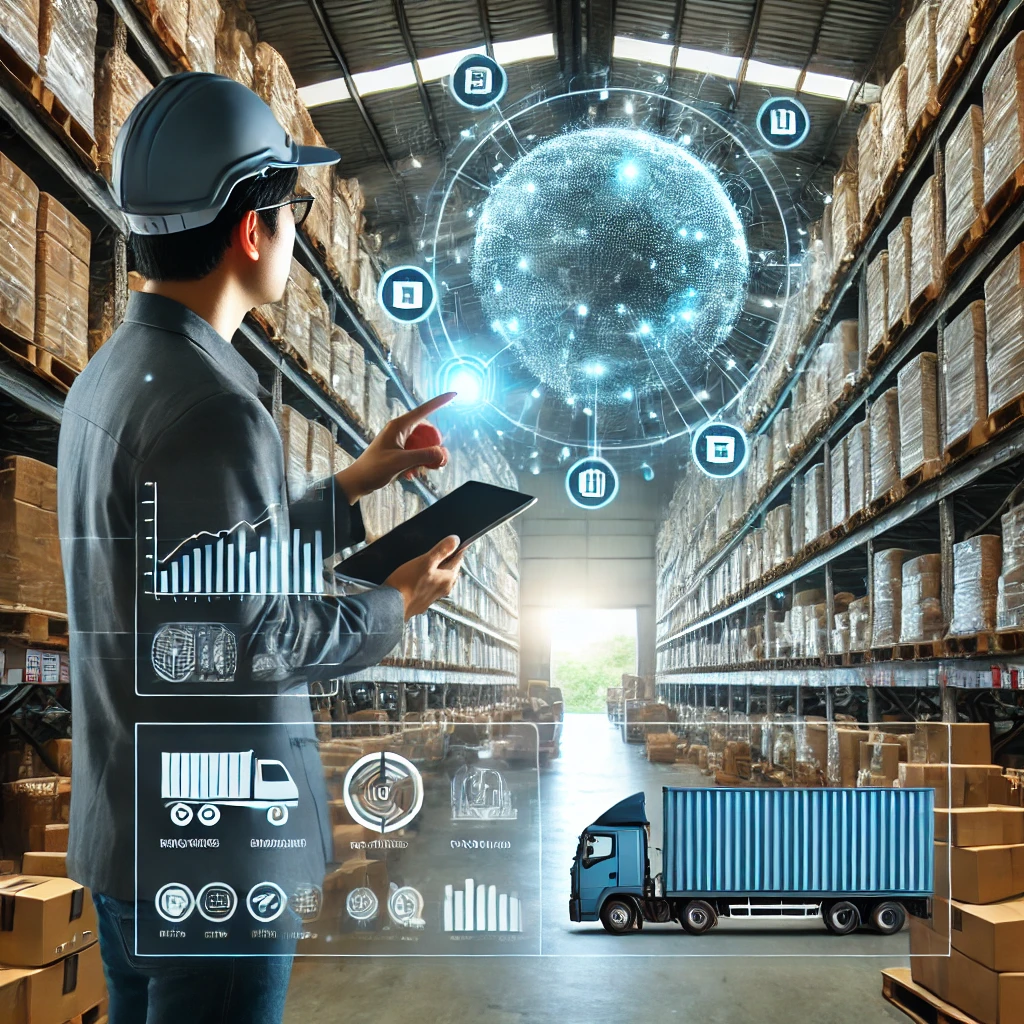
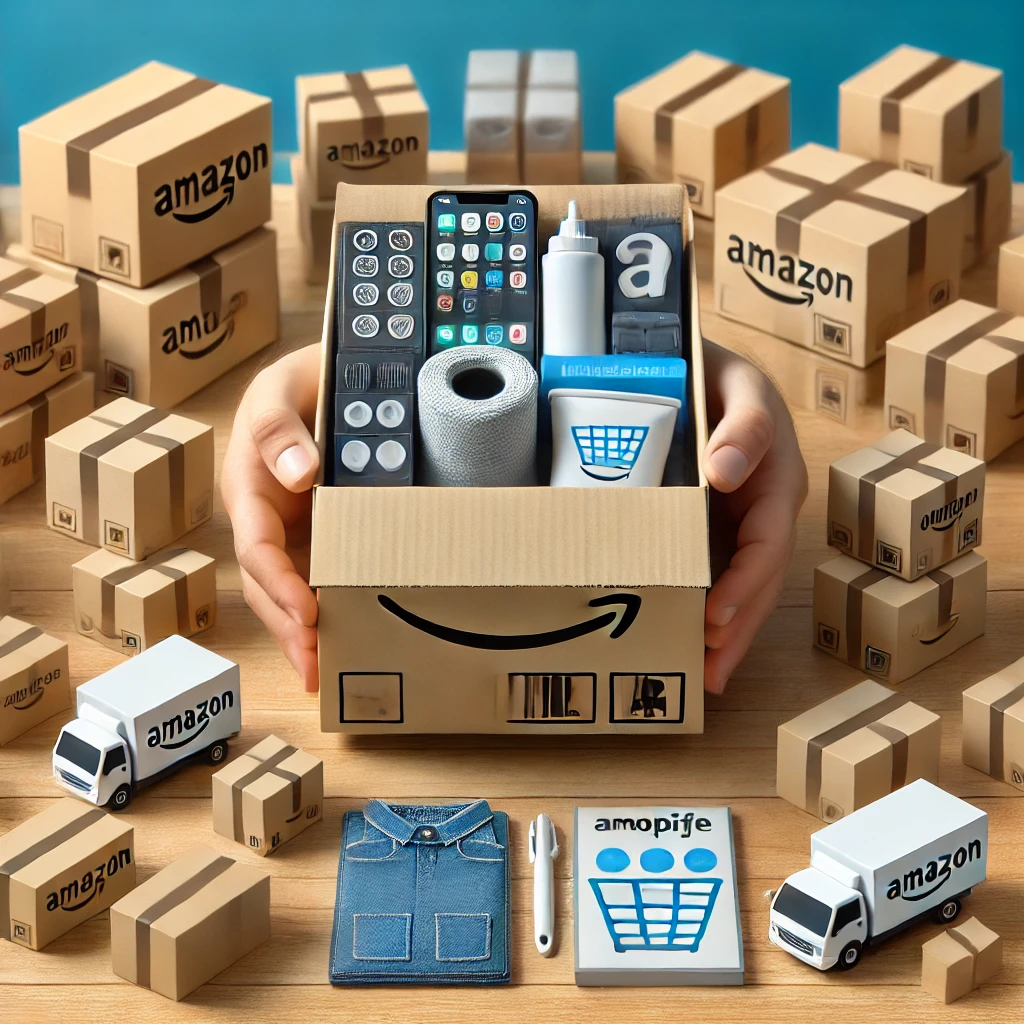
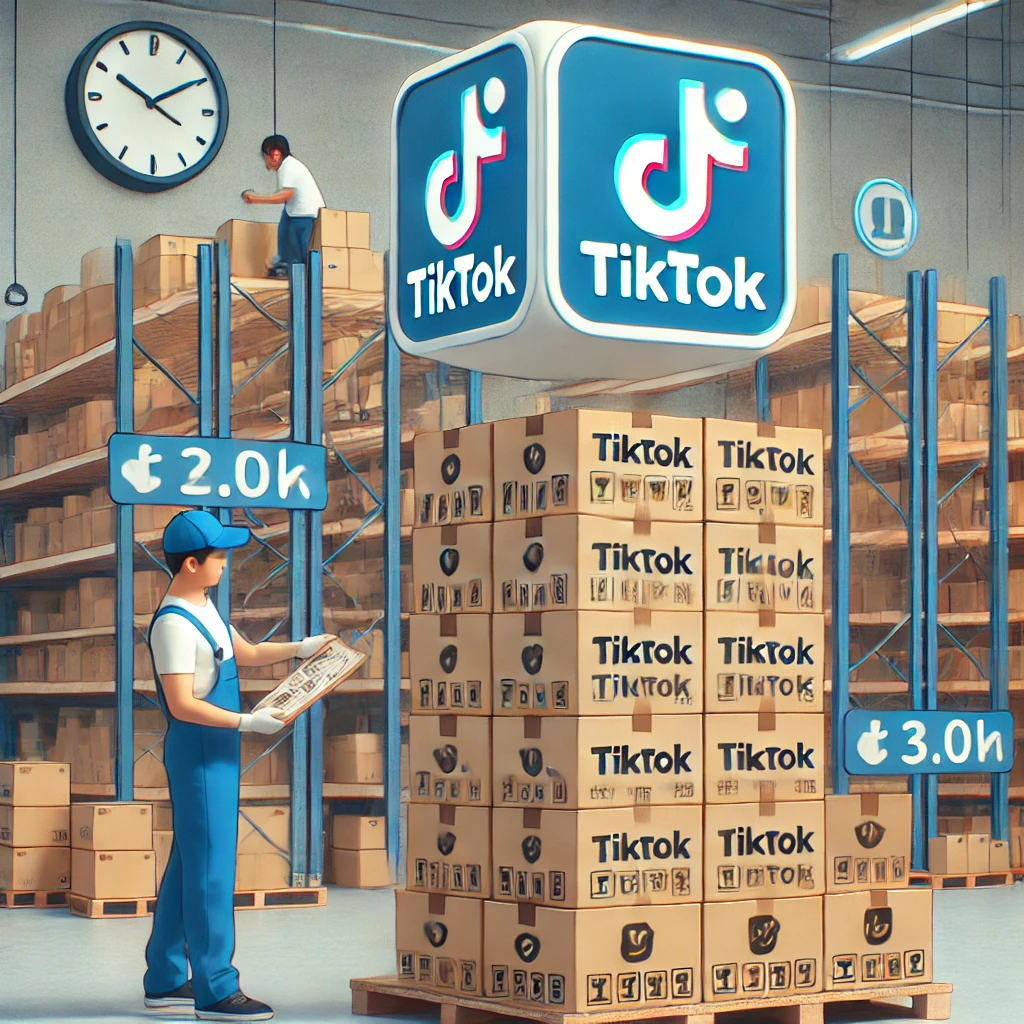
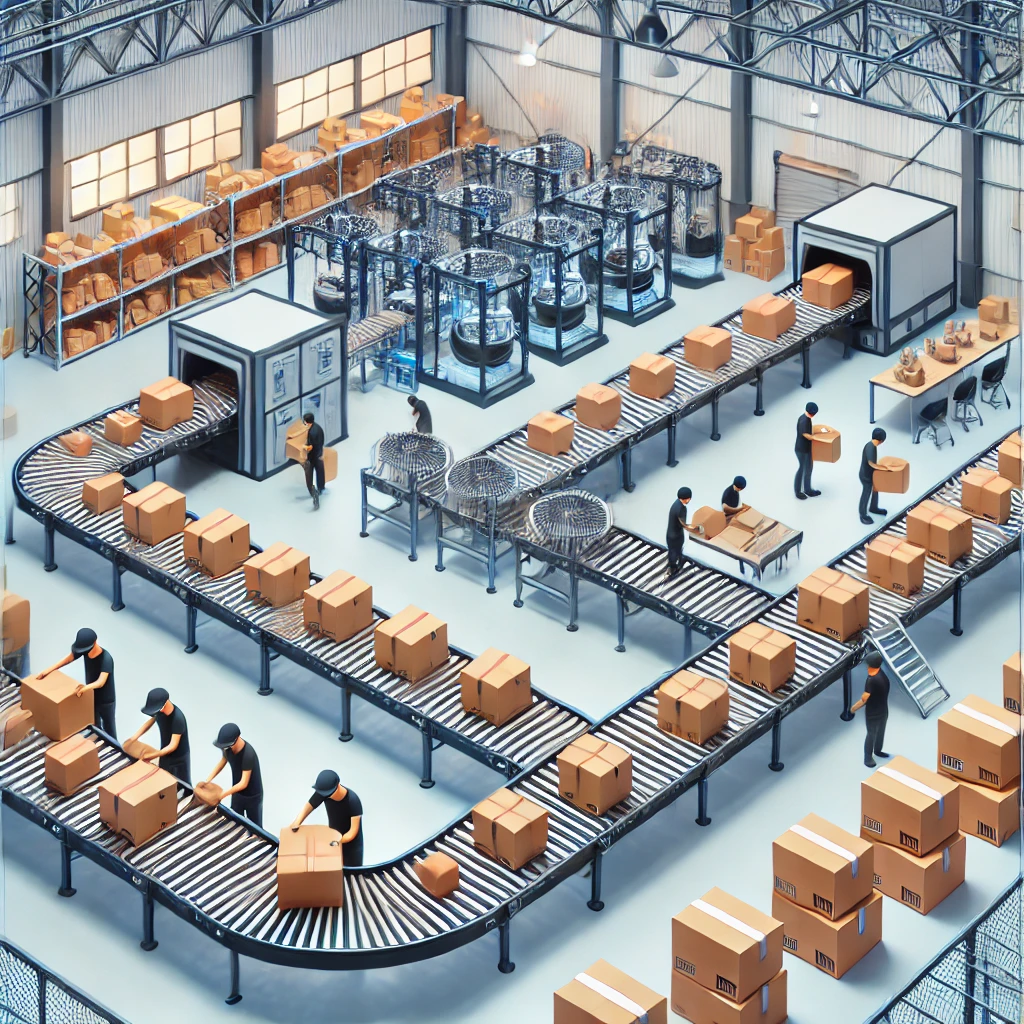

0 Comments